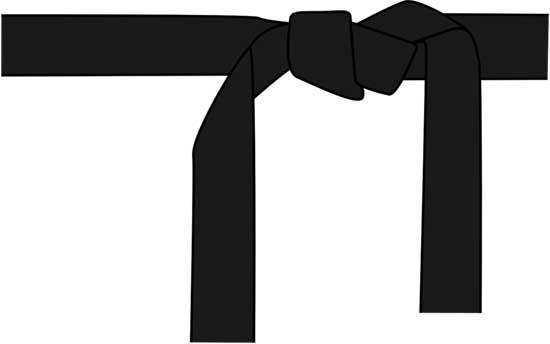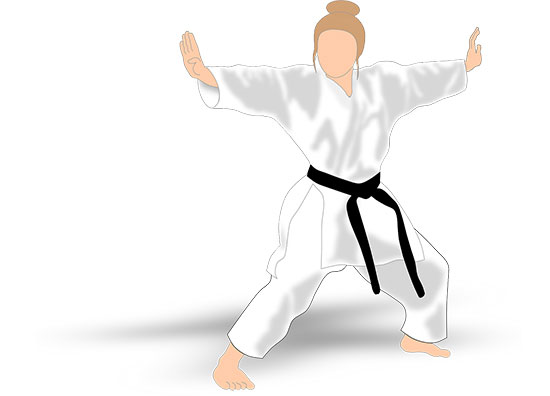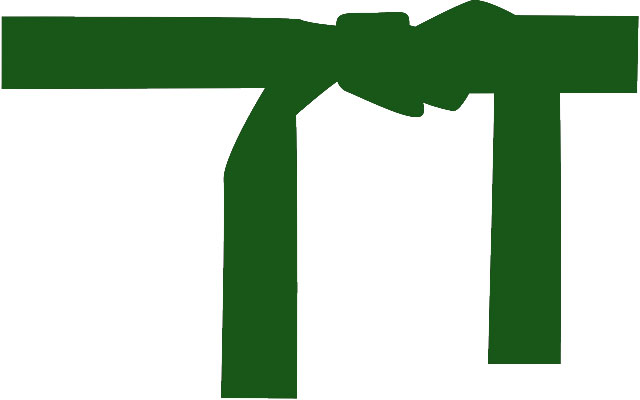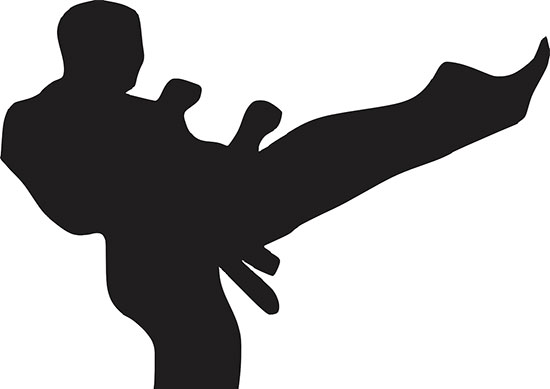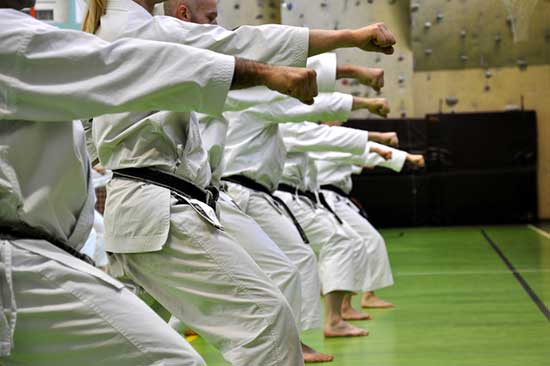Nearly 70% of martial artists believe that understanding the differences between Shorin Ryu and Shotokan can significantly impact one’s training focus and martial arts journey.
As you explore these two distinct styles of karate, you’ll find that Shorin Ryu, with its roots in Okinawa, emphasizes quick, agile movements and employs more circular and flowing techniques. On the other hand, Shotokan, born in Japan, is known for its strong, powerful techniques and a preference for linear, direct movements.
While both styles place importance on kata (forms) and kumite (sparring), their approaches and emphasis differ, reflecting their unique historical and philosophical backgrounds.
This comparison isn’t just about choosing a martial arts style; it’s about understanding how each discipline shapes its practitioners’ physical and mental landscapes. So, whether you’re a seasoned martial artist or a curious beginner, delving into the nuances between Shorin Ryu and Shotokan offers insights that could redefine your approach to karate.
Contents
Historical Origins
Exploring the historical origins of Shorin Ryu and Shotokan reveals their distinct roots, with Shorin Ryu emerging from the rich martial arts traditions of Okinawa, influenced by ancient Chinese practices, while Shotokan was innovatively developed in Japan by Gichin Funakoshi in the early 20th century.
Shorin Ryu, a cornerstone of Okinawan Karate, traces back to a profound legacy intertwined with ancient Chinese martial arts. This style is renowned for its deep historical roots in Okinawa, reflecting a blend of indigenous and foreign martial techniques.
In contrast, Shotokan, created by Gichin Funakoshi and named after his pen name, signifies a more modern approach to Karate, emphasizing dynamic movements and philosophical underpinnings that reshaped the martial arts landscape in Japan.
Gichin Funakoshi’s contributions have left an indelible mark, bridging traditional Okinawan practices with a broader, global perspective.
Philosophical Foundations
As you explore the philosophical foundations of Shorin Ryu and Shotokan, you’ll notice that each style’s core beliefs significantly shape their approach to martial arts.
Shorin Ryu’s emphasis on adaptability and harmony contrasts with Shotokan’s focus on discipline and power, reflecting their distinct cultural origins.
Analyzing these ethical principles further reveals how respect, humility, and self-improvement are universal values in both, yet manifested through their unique philosophies.
Core Beliefs Exploration
Getting into the philosophical foundations of karate, you’ll uncover the essential principles of discipline, respect, and humility that define the core beliefs of both Shorin Ryu and Shotokan.
Core beliefs exploration in these styles involves:
- Acknowledging the historical and cultural importance of karate, recognizing it as both a martial art and a way of life.
- Understanding the philosophical connections, like Shotokan’s ties to Zen Buddhism and Shorin-Ryu’s influences from Chinese martial arts.
- Embracing the moral and ethical codes that emphasize integrity and self-improvement within the practitioners’ community.
- Reflecting on the deeper meanings behind techniques and applying martial arts principles to daily life, fostering a journey of personal growth and enlightenment.
Ethical Principles Analysis
In the realm of martial arts, understanding the ethical principles that underpin Shorin Ryu and Shotokan reveals how these philosophies shape the conduct and decision-making of their practitioners. Through an ethical principles analysis, you can discern the moral foundations unique to these karate styles. Both stem from deep historical and cultural roots, offering insights into their philosophical underpinnings.
| Aspect | Shorin Ryu | Shotokan |
|---|---|---|
| Focus | Spiritual Harmony | Physical Perfection |
| Ethical Principle | Balance and Respect | Discipline and Effort |
| Decision-making | Intuition-guided | Principle-guided |
| Conduct Guideline | Peacefulness in interaction | Assertiveness in defense |
| Societal Contribution | Promoting Peace | Enhancing Individual Strength |
This table emphasizes the distinct ethical visions that guide behavior and societal norms within these karate styles, reflecting their unique philosophical foundations.
Key Techniques
Both Shorin Ryu and Shotokan karate styles show distinct key techniques that significantly shape their respective approaches and effectiveness in combat. These methods aren’t just physical movements but embody the philosophies and strategic thinking inherent to each style.
Here’s a breakdown:
- Stances: Shotokan favors long, low stances that provide stability and power, whereas Shorin Ryu utilizes higher, more natural stances for agility and quick movements.
- Punches: Both styles emphasize direct, powerful strikes, but Shotokan focuses on generating power through hip rotation, whereas Shorin Ryu emphasizes speed and snap.
- Kicks: Shotokan karate is known for its dynamic and high kicks, while Shorin Ryu practices more practical, lower kicks aimed at destabilizing the opponent.
- Katas: Each style has unique katas, but the Sanchin kata, focusing on breathing and tension, is notably practiced differently, reflecting each style’s philosophy.
Kata Variations
Kata variations between Shorin Ryu and Shotokan karate highlight the distinct philosophies and strategic approaches of each style. When you delve into these variations, you’re not just learning sequences of moves; you’re embracing the underlying principles that define these styles of Karate. Each kata teaches you unique ways to move the body, attack, and defend.
| Shorin Ryu | Shotokan |
|---|---|
| Emphasizes nimbleness | Focuses on deep stances |
| Quicker, lighter moves | Powerful, dynamic strikes |
| Shorter, rapid techniques | Longer, more pronounced movements |
| Fluid transitions | Emphasis on form and power |
| Incorporates natural body movements | Structured, disciplined execution |
Understanding these kata variations offers a glimpse into how each style interprets the art of movement and combat, reflecting their distinct philosophies.
Sparring Differences
Exploring the sparring differences between Shorin Ryu and Shotokan karate reveals another layer of their unique combat philosophies and strategies that further distinguish these martial arts styles.
- Movement Style: Shorin Ryu sparring utilizes quick, agile movements with a focus on circular and flowing techniques. In contrast, Shotokan emphasizes strong, powerful, and linear movements.
- Training Focus: Shotokan places a greater emphasis on sparring training, specifically kumite, while Shorin Ryu prioritizes kata (forms) training.
- Combat Range: Shotokan practitioners often engage in longer-range combat using linear techniques, whereas Shorin Ryu fighters excel in close-quarters combat with quick, efficient moves.
- Skill Development: Training in Shorin Ryu enhances agility, speed, and adaptability, while Shotokan training boosts strength, power, and discipline.
These sparring differences highlight the unique approaches and benefits of these different styles within martial arts.
Training Approaches
Diving into the training approaches of Shotokan and Shorin Ryu karate, it’s clear that each style prioritizes different aspects of martial arts mastery.
Shotokan karate emphasizes the importance of strong basics and kihon training. This foundation has been a cornerstone for a long time, requiring practitioners to start from the ground up. Years ago, this method was designed to develop fighters through a rigorous focus on basics.
In contrast, Shorin Ryu, with its emphasis on speed and agility, offers a different perspective. Its training approach is more about adjusting kata based on the practitioner’s skill level, a method that necessitates patience and an open mind due to the time it takes to adapt from one’s existing knowledge.
Conclusion
In choosing between Shorin Ryu and Shotokan, it’s crucial to weigh their origins, philosophies, techniques, and training styles.
Shorin Ryu’s agility and flowing kata contrast with Shotokan’s power and directness. Your preference for circular versus linear movements, the importance of kata versus sparring, and your training goals should guide your decision.
Both styles offer unique benefits; however, aligning your martial arts journey with the style that resonates with your personal objectives is key to your fulfillment and growth in karate.
